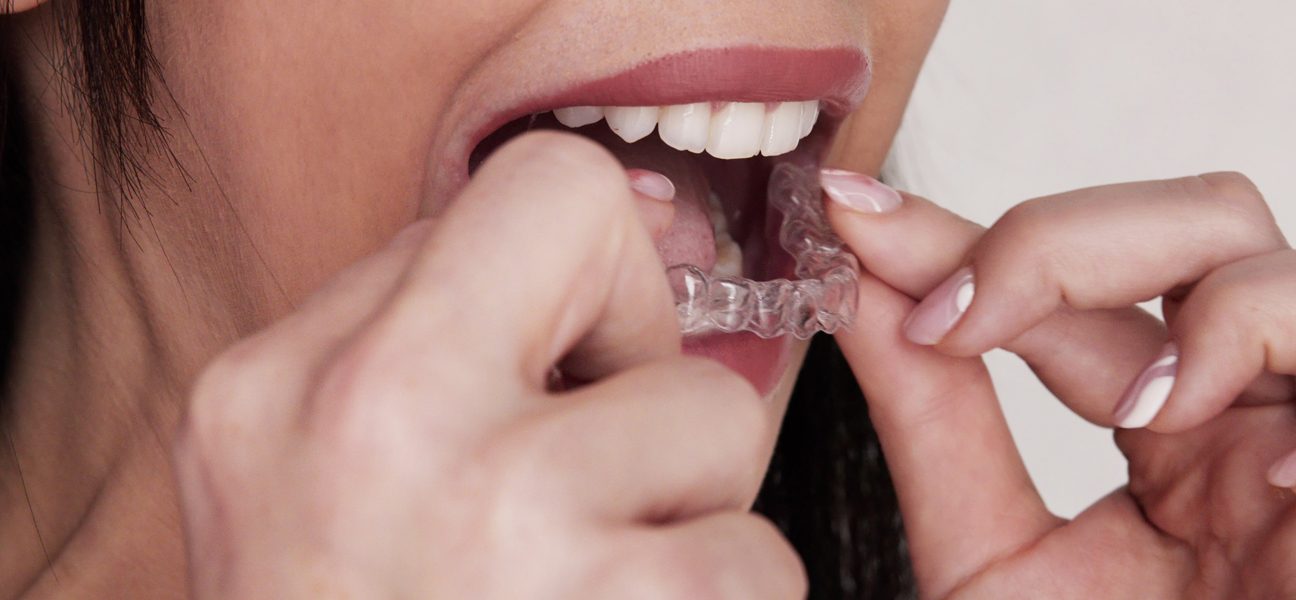How Invisalign Works for Teens vs. Adults
Introduction
Straight teeth don’t just look great—they make it easier to chew, speak, and maintain good oral health. Traditional braces used to be the only choice, but now Invisalign offers a clear and removable alternative. If you’ve been considering Invisalign in Lincoln, it’s helpful to understand how exactly the treatment works and how the process differs for teens and adults.
Overview of Invisalign Treatment
Invisalign uses custom-made aligners designed to gently shift teeth into better positions. Patients wear a series of trays, each one slightly different, to gradually guide their teeth into place.
Why patients love Invisalign:
- Nearly invisible when worn
- Removable for eating and brushing
- Smooth and comfortable material
- Custom fit to every patient’s smile
Unlike braces, Invisalign aligners let you enjoy your favorite foods without restrictions and make oral care easier.
Key Differences: Teens vs. Adults
While the system is the same, treatment plans differ slightly for teens and adults.
For teens:
- Aligners may have compliance indicators—blue dots that fade with wear to track usage.
- Space can be left in trays for teeth that are still erupting.
- Parents and dentists may monitor progress more closely.
For adults:
- Treatment often corrects relapse from earlier orthodontics.
- Adults usually show higher compliance since they are self-motivated.
- Dental concerns like gum health or missing teeth may need to be addressed first.
Eligibility and Assessment Criteria
Not everyone is a perfect candidate for aligners. A consultation with a dentist in Lincoln determines if Invisalign can achieve the desired results.
Dentists evaluate factors such as:
- Severity of crowding or spacing
- Bite issues like overbite or crossbite
- Gum health and bone support
- Growth stage for teens
Complex orthodontic cases may require traditional braces, but several mild to moderate cases can be treated successfully with aligners.
Treatment Duration and Compliance
Treatment length depends largely on the complexity of each case. On average, Invisalign takes 12–18 months.
Compliance makes the difference:
- Aligners should be worn 20–22 hours per day.
- Forgetting to wear them slows progress.
- Regular check-ins keep the plan on track.
Short listicle — Tips for staying consistent:
- Set phone alarms as reminders.
- Carry a storage case everywhere.
- Replace aligners on schedule.
Customization of Aligners
Every aligner is unique to the patient. Using digital scans, your dentist designs a full treatment plan. For teens, aligners can adapt to teeth that are still growing in. Adults may receive attachments (small, tooth-colored bumps) that help aligners grip and move teeth more effectively.
Monitoring Progress: Tools and Technology
Tracking progress is essential. At a dental office in Lincoln, digital technology like 3D imaging helps map out the entire journey before treatment even begins. Many dentists also use apps or photo check-ins to minimize in-person visits. Teens usually need closer monitoring, while adults may benefit from longer gaps between appointments.
Challenges Faced by Teens
Teenagers often need extra encouragement to stay on track.
Common hurdles include:
- Forgetting to wear aligners after meals
- Losing trays at school or sports events
- Peer pressure leading to inconsistency
Short listicle — How parents can help teens succeed:
- Establish a daily aligner routine.
- Keep a backup case in backpacks or sports bags.
- Celebrate progress milestones to build motivation.
Lifestyle Factors and Considerations
Aligners adapt to everyday life, but teens and adults value them for different reasons.
For teens:
- Aligners are less noticeable in yearbook photos.
- Easy to remove for sports or band practice.
For adults:
- Perfect for professionals who want a have a discreet option.
- Easy to take out during work lunches or social gatherings.
This flexibility is one of the biggest reasons Invisalign appeals to both age groups.
Expected Outcomes for Teens vs. Adults
Both teens and adults can expect straighter, healthier smiles with Invisalign. Teens often see faster movement since their jaws are still developing, making teeth easier to guide. Adults achieve excellent results as well, though treatment may be slower if more complex dental concerns are present.
Post-Treatment Care and Retention
After treatment, retainers keep teeth from shifting back. Skipping this step risks undoing months of progress.
Retention guidelines:
- Wear retainers nightly at first.
- Switch to a part-time schedule as advised.
- Replace retainers when they show wear.
Short listicle — Tips for maintaining results:
- Clean retainers daily.
- Store them in a sturdy case.
- Schedule regular checkups for monitoring.
Final Words
Invisalign works nice for both teens and adults, but each group faces unique challenges and benefits. Teens may need more reminders and adjustments for growing teeth, while adults usually bring discipline and clear goals. Regardless of age, aligners provide a comfortable and discreet way to achieve lasting results.
At Lincoln Dental Associates, patients receive personalized care from Dr. Brion Dalton, who ensures every plan is tailored to individual needs. If you’ve been searching for a dentist near you who offers modern orthodontic solutions, Invisalign could be the path to your confident new smile.
